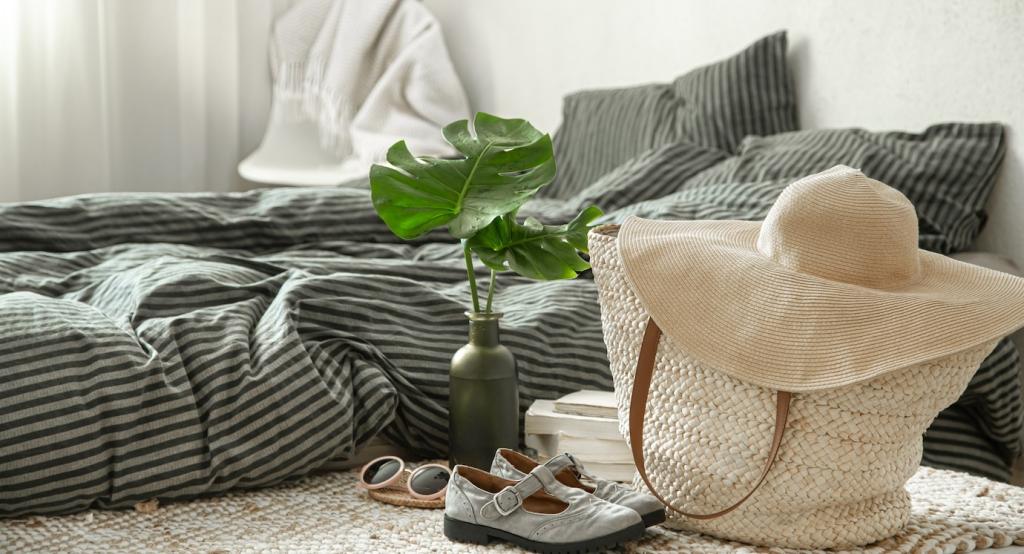This website uses cookies so that we can provide you with the best user experience possible. Cookie information is stored in your browser and performs functions such as recognising you when you return to our website and helping our team to understand which sections of the website you find most interesting and useful.

The Role of Energy Efficiency in Interior Design
Energy efficiency has become a cornerstone of modern interior design, reflecting an urgent shift towards sustainability and smarter resource management. Today’s interior designers not only focus on aesthetics and comfort but also consider the long-term environmental impact of every decision made during the creative process. By integrating energy-efficient solutions, interior design professionals can help reduce a space’s carbon footprint, lower utility bills, and create healthier indoor environments. The intentional incorporation of energy efficiency goes beyond simply choosing energy-saving appliances—it’s a comprehensive approach that affects lighting, materials, insulation, and layout. This holistic view of design ensures that interior spaces are both beautiful and responsible, aligning the art of design with the practical realities of today’s energy-conscious world.

